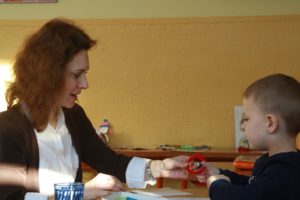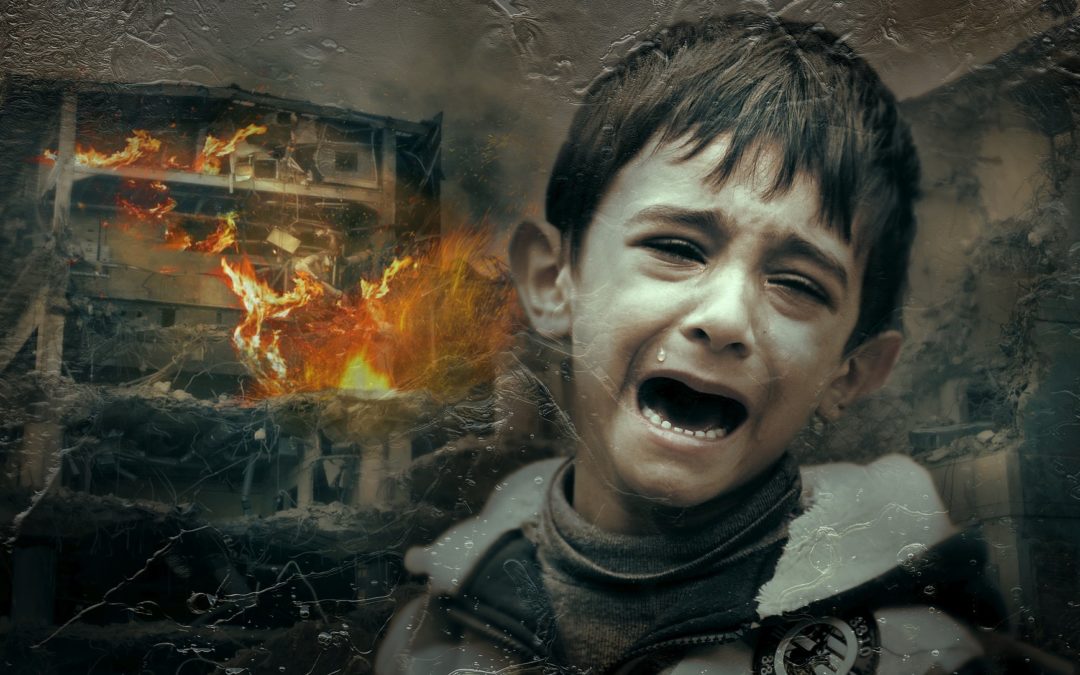The Hurt Child
By Marcia Davis-Dawkins
In all likelihood, probably no adult is more trusted by children who have been abused than a loving, caring teacher. Teachers have the unique opportunity to identify abused children and start the healing process. To do so, however, they must be able to discern the signs of a child in distress.
We often think of pain and hurt as physical phenomena, or as the presence of uncomfortable feelings. Pain and hurt, however, encompass more than just concrete affliction. This is best witnessed in the case of emotional pain. Larry James once said, “Emotional abuse is just as damaging as physical abuse. The only difference between the two is with physical abuse you are wearing it on the outside for the world to see and the other is felt deep inside. Others cannot see the bruises on your heart.”
As educators we have all seen students suffering from emotional maltreatment. These are the students who are constantly belittled and rejected and who endure the absence of a positive emotional atmosphere. They may be verbally abused or have inadequate parenting, sometimes bordering on neglect. They may be secondary victims, those who have witnessed firsthand domestic violence and even death of a family member. As such they demonstrate delays in emotional development and manifest immature behavior.
One of the most noticeable forms of abuse is physical. This expresses itself in the presence of bruises, burns, broken bones, or even internal injuries. These injuries are the result of slapping, punching, hitting, kicking, pushing, etc. These children are often easily startled, and often cringe in situations they consider fearful.
We have all had students who are obviously physically neglected. They may appear malnourished, lack adequate clothing, have poor hygiene and just seem to have no one who is concerned for his/her well-being.
And then there are those students who we suspect are being sexually abused. They may have been molested or exploited and lack the emotional and developmental ability to understand what has happened to them.
Teachers 
Often, as teachers, especially novice teachers, our focus is on teaching and learning. We are not trained as social workers or psychologists. Our goal each day is the intellectual advancement of our students. As such, we scratch our heads and wonder in frustration why this student doesn’t complete homework, why that student falls asleep in class, why another shows no interest at all. We do not take into consideration the baggage each child carries, the obstacles they face each day, their struggle to just survive. We wrongfully write them off as lazy or disrespectful, when instead we need to delve into the reasons behind the behavior and become their biggest advocates. We cannot sit on the sidelines and say that’s not what I was hired to do. Students are entrusted in our classroom for a reason—never by accident.
To offer support, we as teachers must be approachable so that students feel it is safe to tell us their stories. Actively listening is one of the best tools. School can be a place where children can rebuild their self-esteem, assert themselves and see themselves as successful. Abused kids often feel powerless to control much in their environment. Allowing expressions of feelings through art, music and creative writing helps release pent up emotions. Pointing out a student’s strengths helps one to gain a sense of self-identity and bolster self-esteem. They learn that they are valued, accepted and belong.
Additionally, Insight Learning, which is based in problem solving is particularly effective with abused children, as is Narrative Therapy. In this approach, children are helped to identify their values so that they can confront the problems they face.
Many times, in the situation of abused students, teachers are their only lifeline and reprieve. Let us realize that they are crying out to us for HELP and rise to the occasion. Don’t observe and do nothing. Your action can save lives!



Great post Dr. Davis-Dawkins
As an educator “your” role is to always improve the educational outcomes of vulnerable children and young people specifically those in “your” care.
Behaviour is always a communication, even though as educators we may not always realise it.
Alway remember social and emotional levels of development and maturity in vulnerable children often will not match their chronological age.
It might sound obvious, but what vulnerable students need more than anything is consistency through physical and emotional support.
Thanks for your feedback